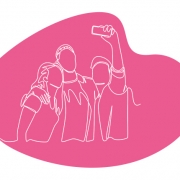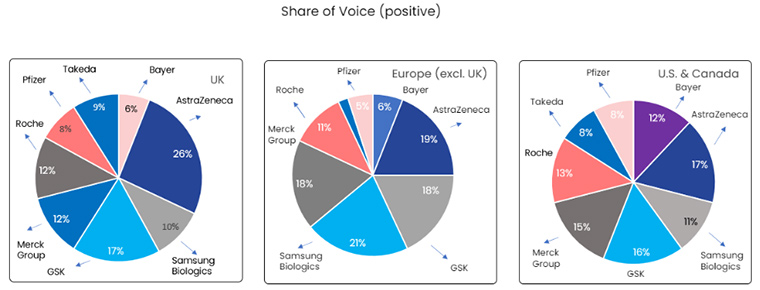Barbie, Airbnb, and Octopus: The PR winners of 2023
It’s time to look back at some of the biggest PR wins this year as well as the campaigns and comms strategies that could have gone a lot better for brands, media personalities, and sports organisations making the headlines.
Bravo to Barbie’s team, Ryanair, and Octopus Energy, but there’s room for improvement from companies working with oil clients and those who still haven’t sorted out their gender pay gaps…
Amazing work from Amex, says Sarah Woodhouse, director at AMBITIOUS PR
Winner: ‘I still love Amex’s Small Business Saturday campaign. It’s purpose driven, it has a narrative, and it becomes more relevant every year.’
Could do better: ‘The example of crisis ‘losers’ comes from within our industry, Clean Creatives targeting major PR companies at Cannes who still work with oil clients despite their ESG commitments. That hit me hard as a business owner, you must really ensure your clients align with your values and those of your team.’
An A+ for Airbnb’s comms, from Sarah Danzl, CMO at Skillable
Winner: ‘A clear winner was Airbnb and its pledge to offer housing to Ukrainian refugees. In doing so, it gave a clear demonstration of its mission “to create a world where anyone can belong anywhere”. In times of crisis, being mission-driven and supporting society in a unique way for your brand can help you stand out for the right reasons.’
Could do better: ‘Silicon Valley Bank is a good example of what can go frightfully wrong when communications are vague and mistimed, or when a CEO isn’t prepped well enough for an interview.
‘The Gender Pay Gap Bot, created by Francessca Lawson and Ali Fensome, called out companies that jumped onto the International Women’s Day hashtag online without creating true gender equity in their organisations. It is a good lesson for being authentic and not DEI-washing in your communications as these things will always be found out eventually.’
Mental health campaign was meaningful for Rachel Gilley, chief client officer at Clarity
Winner: ‘A campaign that I’ve loved this year is Norwich City Football Club x Samaritans for World Mental Health Day. A visually-led campaign, which encourages individuals to check in on those around them, it reminds us that sometimes the signs are hard to spot when people are struggling.’
𝗔𝘁 𝘁𝗶𝗺𝗲𝘀, 𝗶𝘁 𝗰𝗮𝗻 𝗯𝗲 𝗼𝗯𝘃𝗶𝗼𝘂𝘀 𝘄𝗵𝗲𝗻 𝘀𝗼𝗺𝗲𝗼𝗻𝗲 𝗶𝘀 𝘀𝘁𝗿𝘂𝗴𝗴𝗹𝗶𝗻𝗴 𝘁𝗼 𝗰𝗼𝗽𝗲, 𝗯𝘂𝘁 𝘀𝗼𝗺𝗲𝘁𝗶𝗺𝗲𝘀 𝘁𝗵𝗲 𝘀𝗶𝗴𝗻𝘀 𝗮𝗿𝗲 𝗵𝗮𝗿𝗱𝗲𝗿 𝘁𝗼 𝘀𝗽𝗼𝘁.
Check in on those around you.#WorldMentalHealthDay | #YouAreNotAlone | @samaritans pic.twitter.com/ZC50AH5thl
— Norwich City FC (@NorwichCityFC) October 10, 2023
Could do better: ‘A campaign that could be improved upon was this year’s Sports Direct and Getty Images ‘Equal View’ campaign, which highlights the lack of diversity in sports imagery. A brilliant idea, the partnership campaign could have gone a lot further using social media to drum up user generated content to highlight the “real” face of sports fans.’
Ryanair continued to ‘kill it’ with comms, says Beth Turner, head of PR at ilk Agency
Winner: ‘Ryanair is a brand that kills it for me. They understand their offering and their audience 100% and their comms reflect it wholeheartedly. It’s funny, well-done and has that shareability factor that is always so important with PR.’
Could do better: ‘One that sticks out to me for being pretty poor this year is Ticketmaster. When every man and their dog were trying to get Taylor Swift tickets, they came under scrutiny at every corner, especially when their site crashed and they cancelled ticket sales for some of her upcoming dates. Fans were furious to say the least, and it even led to a debate in the US Senate and Taylor Swift herself condemning the company and how they handled the situation. Ticketmaster stayed relatively silent on their part, didn’t seem to care about the millions of fans left empty-handed and simply blamed ‘demand’ for their wrongdoings. That is a lesson in how not to do crisis comms!’
Barbie’s PR was in the pink, for Jane Whitham, director of Altitude PR
Winner: ‘When it comes to PR winners in 2023, there’s only one choice, the Barbie movie’s entire promotional campaign. Using every dollar of its undoubtedly colossal marketing budget, Barbie collaborated with a variety of companies – Microsoft, Balmain, and Bloomingdale’s.
‘Far beyond collaborations, Barbie’s marketing team also used the ‘Barbie Dreamhouse’ on Airbnb and a themed boat cruise in Boston. The marketing campaign was a resounding success to the extent there was a worldwide shortage in pink paint reported. Or was it just opportunistic PR?
‘Barbie’s successful campaign was also at the forefront of a global newsjacking campaign. Everyone wanted a piece of the campaign, adding their point of view and jumping on the Barbie bandwagon. Warner Bros’ not only advertised the film, but it was also used by countless other companies for their own marketing campaigns.’
Could do better: ‘On the other side, easyGroup has been flexing its corporate orange muscles for quite some time but the company’s battle with indie band Easylife leaves a very sour taste.
‘The owner of the easyJet brand filed a lawsuit this summer claiming the Leicester band’s name infringed a trademark. Unable to financially defend a lawsuit, the band changed its name. The PR machine behind easyGroup insisted the band were brand thieves.
‘The upshot was condemnation from media, musicians, and MPs. It’s also upheld easyGroup’s reputation as aggressive and litigious. It’s a definite PR own goal.’
Football crossovers were fun for Darryl Broadfoot, head of sport PR at Frame
Winners: ‘ESPN, Walt Disney Company and the NFL have set the standard in sports and entertainment crossover with Toy Story Funday Football: making sport [and live sport broadcast] relevant and relatable to a younger audience. The first-of-its-kind animated live version of the Atlanta Falcons v Jacksonville Jaguars replaced the stars of the grid with the stars of the Toy Story franchise – with the action replayed in Andy’s Room, the iconic main setting of the movies.
‘It was more than a stunt: using cultural relevance to take sport beyond its established and traditional audience, while showcasing the innovation of broadcasters ESPN as they seek to safeguard future TV audiences.’
Could do better: ‘The crisis that engulfed the Spanish Football Federation and its now former President following the FIFA Women’s World Cup final will remain a case study in how to make a crisis situation worse for years to come. The universal reaction from the progressive majority across the men’s and women’s game at least showed the journey towards equality and equity can be strengthened and not derailed in times of crisis.’
More love for Barbie and Airbnb from Hayley Knight, co-founder and communications director for BE YELLOW
Winner: ‘I mean, I can’t answer this question without mentioning Barbie! They absolutely smashed it and even small brands can learn PR and marketing strategies from the team behind it.
‘WeAre8 is a fantastic example of a brand that’s ahead of the curve. A new social media platform that helps people do good, and breaks the habit of doom scrolling. They’re marketing has been marvellous and has understood the assignment when it comes to marketing B-Corp initiatives.
‘Airbnb is also a great example of creating emotionally relevant campaigns, and we saw this in their campaign to house 100,000 Ukraine refugees, and they did this at a loss in profits, showcasing authenticity and meaning.
‘I also absolutely love the Recycle Your Electricals hypnocat advertising campaign. It ticks all of the boxes – it’s catchy, memorable, has a social impact and is outright hilarious!
Could do better: ‘I know it got a great response, but for me the Just Eat campaign with Christina Aguliera and Latto didn’t land for me. It felt dated, and a brand trying to be relevant for the sake of it. I didn’t feel like it connected to its audience and fell a little flat.’
‘And let’s be honest, we can all learn a little something of what not to do from Elon Musk and X.’
Warm feels for Octopus, from Susannah Morgan, deputy managing director of Energy PR
Winner: ‘Wins go to businesses bucking their industry norms and understanding what their customers really want from them. Octopus Energy is a great example of this. By offering customers free electricity when there is the least pressure on the network, the company is helping its customers in a way that really matters, building valuable goodwill in the process.’
Could do better: ‘This year has seen what feels like an unusually high number of reputational crises caused by the behaviour of individuals. Think BP’s Bernard Looney, and the CBI’s Tony Danker. The damage inflicted by an individual can hit at the very heart of an organisation’s culture. If bad behaviour is tolerated at the top, or the organisation deals with it poorly, it calls into question the values and ethics of the whole entity.’
Girls run the (PR) world, says Caroline Miller, founder and managing director at Indigo Pearl
Winners: 2023 was the year that women ruled the world – and boosted economies globally. From Greta Gerwig’s blockbuster Barbie movie success, to Taylor Swift and Beyonce taking live music to the masses on a scale never seen before, women are shifting the creative and economic dials. The summer of 2023 saw London turn pink with Barbiecore everywhere – the Barbie PR machine was inescapable and we were 100% there for it.’
Could do better: ‘Keeping on the female theme, one of the worst PR losers of this year was Conservative MP Gillian Keegan’s ITV News microphone rant over the Raac concrete scandal. While we don’t know what was going through Keegan’s mind at the time of the outburst, it’s PR 101 to always maintain dignity and composure in front of the media. A lesson learned the hard way, and a reminder to all PRs when briefing clients.’
Want to be a winner in PR for 2024? Take note of these 19 key trends for the PR and comms industry coming up this year.




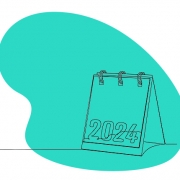


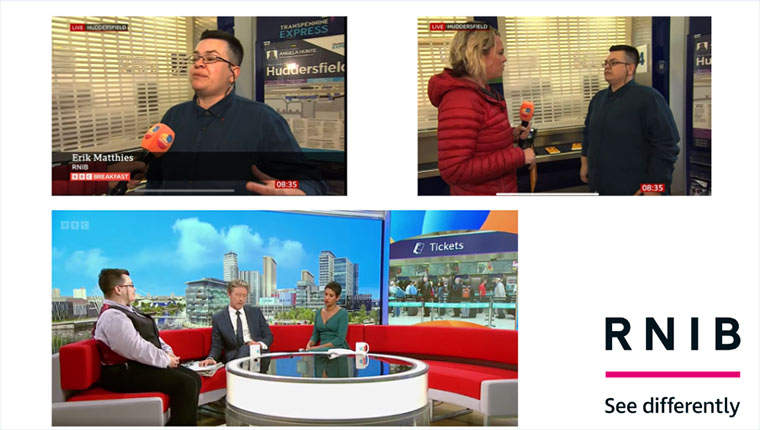
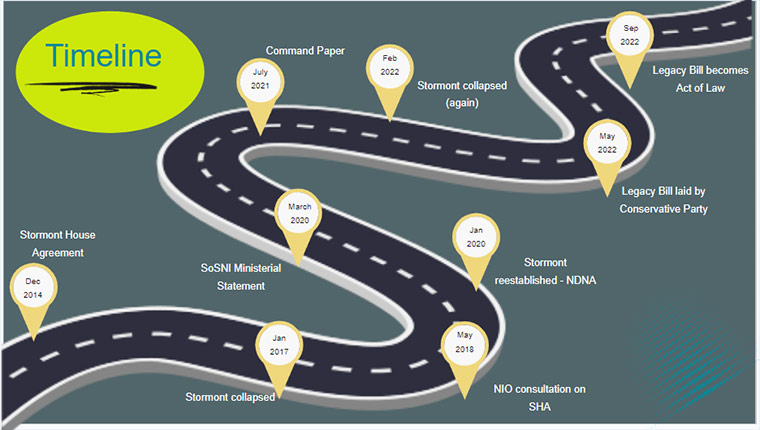



 B Corp, for business, is what Fair Trade is to coffee. It means we are part of a group of change-makers committed to doing better and supporting a range of environmental and social issues. It goes beyond the idea of being ‘green’ or ‘eco’ and is about being transparent in your business – doing things the right way. Most importantly, this process has been independently verified by a dedicated team of analysts, so it’s not just something we have claimed ourselves, rather, something we have genuinely earnt off our own merit.
B Corp, for business, is what Fair Trade is to coffee. It means we are part of a group of change-makers committed to doing better and supporting a range of environmental and social issues. It goes beyond the idea of being ‘green’ or ‘eco’ and is about being transparent in your business – doing things the right way. Most importantly, this process has been independently verified by a dedicated team of analysts, so it’s not just something we have claimed ourselves, rather, something we have genuinely earnt off our own merit.






